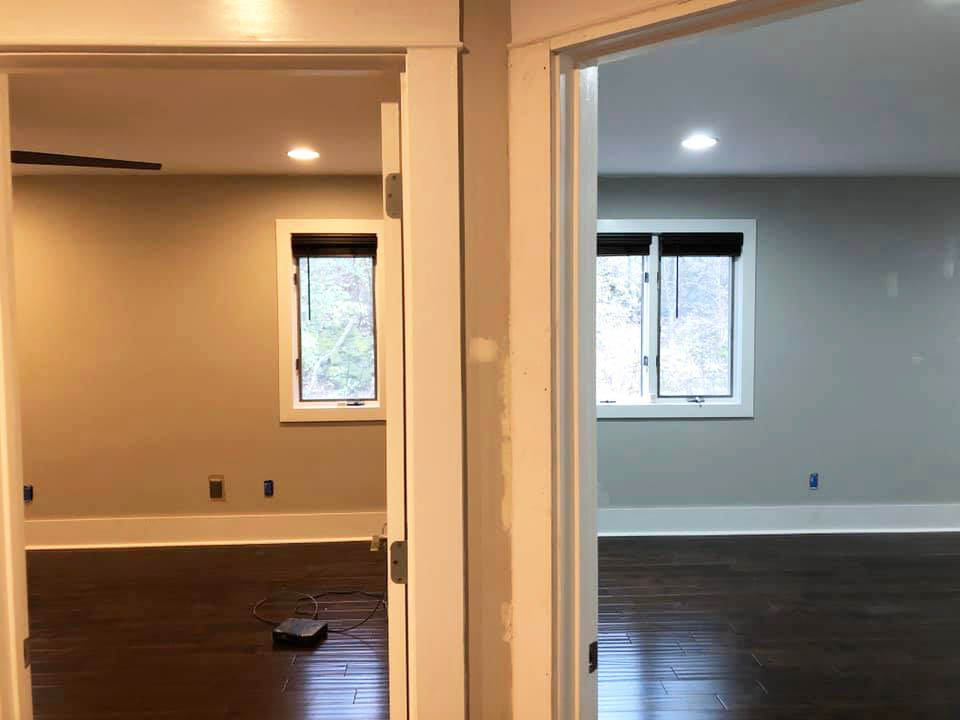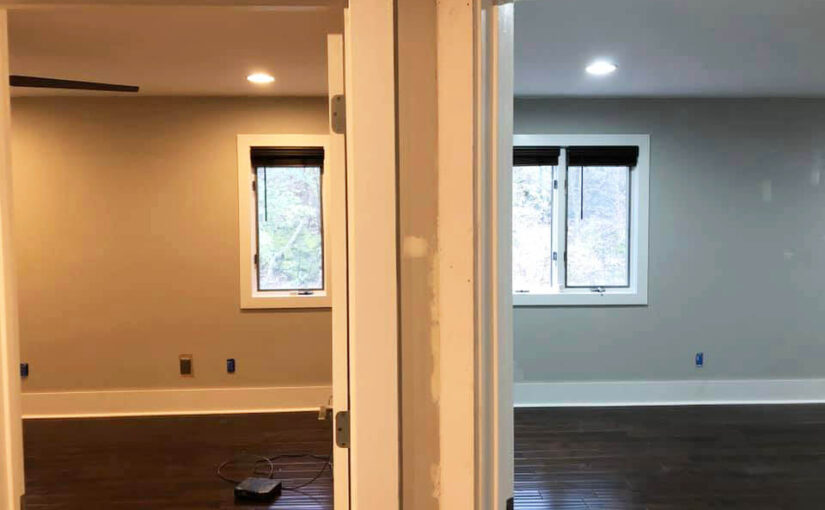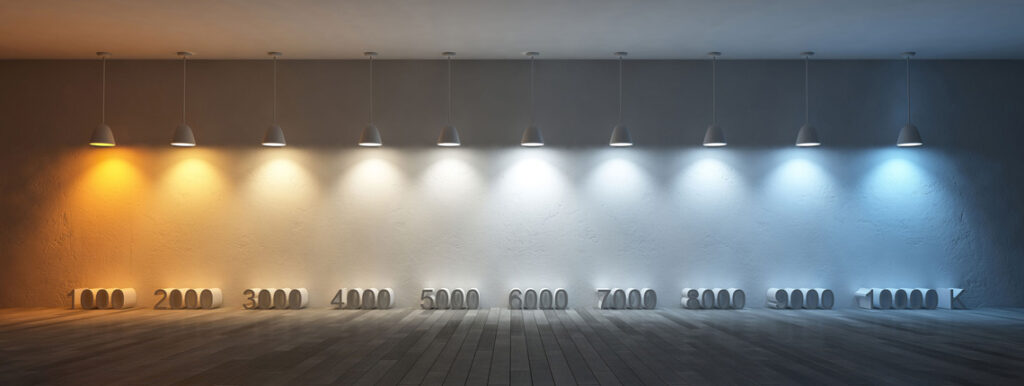How Different Colored Light Impacts Paint Colors
Choosing the right paint color for your interior painting projects can be a delightful yet daunting task. With a spectrum of colors available, it’s essential to understand that the appearance of wall paint is not solely dependent on the color itself but also significantly influenced by the type of light it is exposed to. This article delves into the impact of different colored light bulbs on wall paint and explains why it’s a wise decision to test paint samples under varied lighting conditions.
The Science of Color and Light
To comprehend how different lights affect paint colors, we need to dive into the basics of color and light. Color is not an inherent property of objects but rather the way light reflects off them and is perceived by our eyes. When a certain color of light shines on a wall, it can either enhance, subdue, or alter the paint color.
Types of Light Bulbs and Their Impact
Soft White Light Bulbs
Soft white bulbs, typically ranging from 2700K to 3000K on the Kelvin scale, emit a warm, yellowish hue. They create a cozy and inviting atmosphere, making them popular in living rooms and bedrooms. However, they can significantly alter the appearance of certain paint colors. Cool tones such as blues and greens might appear duller, while warm tones like reds and yellows become more pronounced.
Bright White or Cool White Bulbs
These bulbs emit a more neutral white light, falling in the range of 3500K to 4100K. This light is closer to daylight but still has some warmth. In this lighting, colors appear more vibrant and truer to their actual hue. It’s a preferred choice for kitchens and bathrooms where clarity is key.
Daylight Bulbs
Daylight bulbs, ranging above 5000K, emit a bluish-white light. This type of lighting is closest to natural sunlight and is excellent for areas requiring significant visual tasks. Under daylight bulbs, cool colors are vivid, providing a crisp and vibrant look. However, warm colors might appear slightly washed out or less cozy.

The Importance of Testing Paint Samples
Given the varying effects of different light bulbs on paint colors, it’s crucial to test paint samples on your walls. Here’s why:
Accurate Color Representation
A color that looks perfect under the store’s fluorescent lighting may look entirely different in your home. Applying a sample allows you to see how the paint color responds to the specific lighting conditions in your space.
Impact of Natural Light
Natural light changes throughout the day and varies according to weather conditions and seasons. A color can look warm and bright in the morning sunlight but cool and subdued on a cloudy afternoon. Testing helps you understand these variations.
Interaction with Surroundings
Colors don’t exist in isolation. They interact with other elements in the room, such as furniture, flooring, and decorations. By applying samples, you can see how the paint color harmonizes with the overall environment.
Emotional Resonance
Colors have a psychological impact. What feels calming or invigorating in a small swatch might feel overwhelming or underwhelming on a large scale. Living with a sample for a few days helps you gauge your emotional response.
Tips for Testing Paint Samples
Apply Large Swatches: Paint large enough areas so you can appreciate how the color looks under different lighting conditions.
Observe at Different Times: Look at the samples at various times of the day and night to see how artificial and natural light affect the color.
Consider Multiple Walls: Light hits walls differently. Paint samples on multiple walls to see how light direction influences the color.
Leave It for a Few Days: Your perception of color can change over time. Live with the sample for a few days to make a more informed decision.
Conclusion
The interplay between light and color is a crucial consideration when choosing wall paints for your home. Different types of light bulbs can drastically alter the appearance of paint colors. By testing paint samples under various lighting conditions, you can ensure that the color you choose not only looks beautiful but also feels right in your living space. This step, although it might seem like an extra effort, can save you from potential disappointment and contribute to creating the ambiance you desire in your home.


